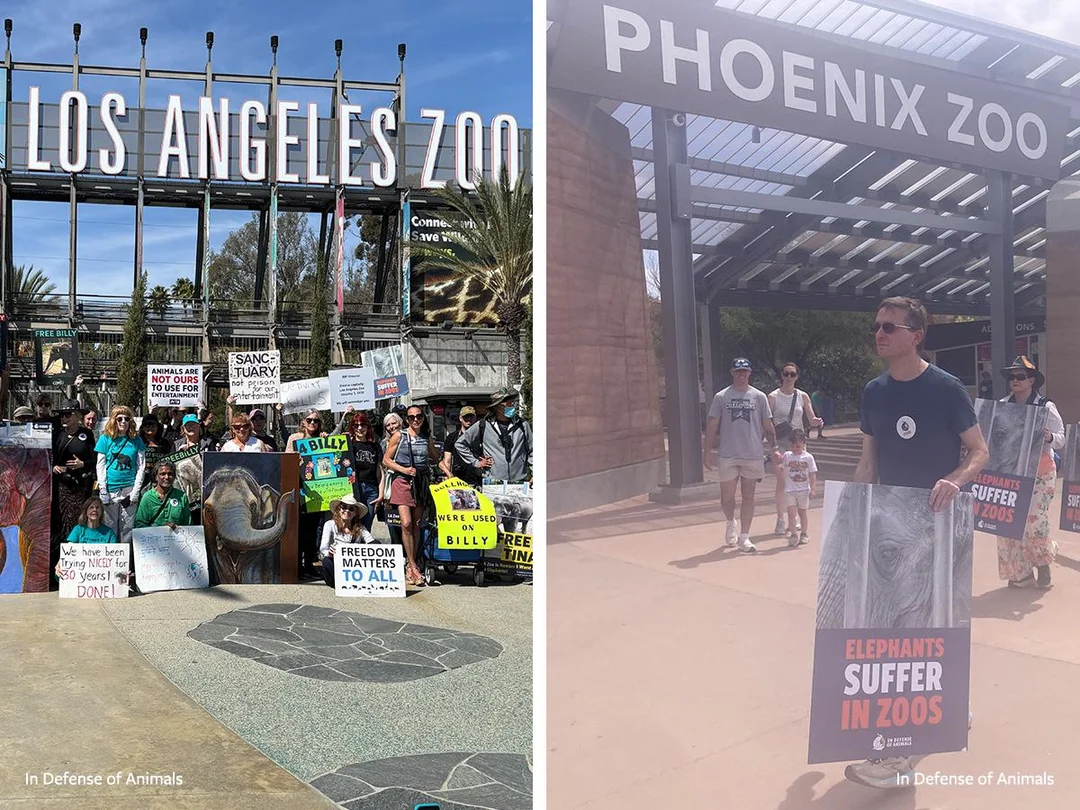
The Struggle for Sanctuary: Advocating for Aging Elephants in Zoos
In recent years, the plight of aging elephants in captivity has garnered significant attention, reflecting deeper societal concerns about the treatment of these majestic creatures. Notably, Indu, a 59-year-old Asian elephant at the Phoenix Zoo, has become a focal point for animal advocacy. With health complications that include chronic osteoarthritis, Indu’s situation raises critical questions about the ethical responsibilities of zoos.
Indu's caregivers at the Phoenix Zoo have been diligent, providing her with treatments like hydrotherapy, laser therapy, and physical therapy to manage her declining health. Acknowledging the challenges in maintaining her comfort and mobility, the zoo stated, "Indu is being monitored closely and any necessary decisions will be made for her quality of life." Yet, with her health rapidly regressing, many believe that the time has come for a more radical solution: relocating her to a sanctuary.
Simultaneously, similar concerns arise from the Los Angeles Zoo regarding two other elephants, Billy and Tina. Activists have branded the LA Zoo as the "No. 1 Worst Zoo for Elephants" two years running, intensifying calls for these elephants to leave their confined surroundings. Legally, the possibility exists for these elephants to be transferred to sanctuary settings. Attorney David Caselman has volunteered to transport them to his Cambodia Wildlife Sanctuary, signaling an immediate alternative to their current environments.
During protests advocating for Indu and her counterparts, activists vocally expressed their dissatisfaction with the way zoos handle aging elephants. Courtney Scott, an elephant consultant for In Defense of Animals, stated emphatically, "The Phoenix Zoo should not wait for Indu to die — or worse, actively kill her. Sanctuary should be considered as a humane alternative." This sentiment captures the urgency of the matter, reflecting a growing awareness that the needs of these animals may best be met in a less restrictive environment.
Dr. Marilyn Kroplick, the President of In Defense of Animals, emphasized the emotional trauma that captivity can inflict on these elephants, highlighting conditions like PTSD, which are often overlooked. The calls for action from the advocacy community resonate with a sense of urgency: time may be against these aging animals, and immediate intervention is crucial. In a recent development, LA City Councilmember Bob Blumenfield introduced a motion to explore sanctuary options for Billy and Tina, an encouraging sign amid the outcry for change.
As we reflect on the plight of aging elephants in zoos, the question remains: How can we ensure that these majestic beings are granted the dignity and quality of life they deserve? The conversation is evolving, and community engagement is essential. Share your thoughts or experiences regarding the treatment of elephants in captivity below.